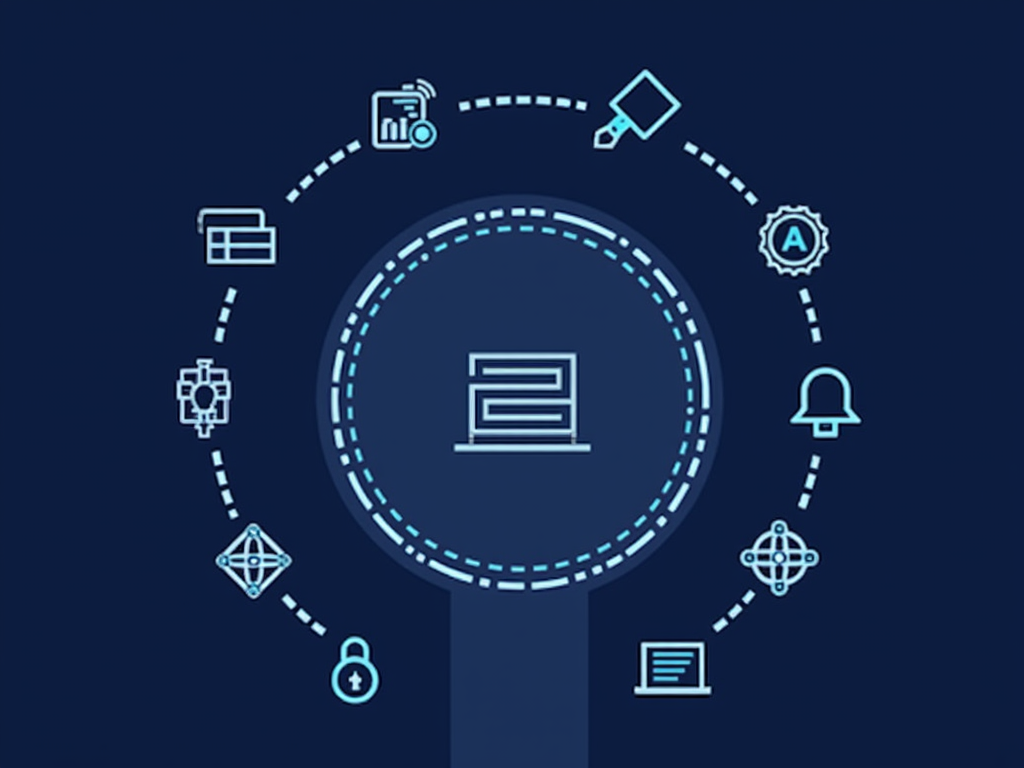How to Use Cloud-Based Security Services for Threat Detection
As the world becomes increasingly interconnected, the threat landscape continues to evolve and become more complex. Cybersecurity threats can come from anywhere, at any time, making it crucial to have a robust defense strategy in place. In this article, we’ll explore how cloud-based security services can be used for threat detection, providing you with a solid foundation to stay ahead of emerging threats.
What are Cloud-Based Security Services?
Cloud-based security services are a type of cybersecurity solution that leverages the scalability and flexibility of cloud computing to provide robust security features. These services typically offer a range of capabilities, including:
- Threat detection and response
- Advanced analytics and machine learning
- Incident management and remediation
- Compliance and governance
By leveraging cloud-based security services, organizations can streamline their cybersecurity posture without investing in on-premises infrastructure or personnel.
Benefits of Cloud-Based Security Services
Cloud-based security services offer several benefits that make them an attractive option for organizations looking to improve their threat detection capabilities:
- Scalability: Cloud-based security services can scale up or down as needed, ensuring you have the resources you need to detect and respond to threats.
- Flexibility: Cloud-based security services provide a flexible framework that can be integrated with existing infrastructure, making it easier to adopt new security practices.
- Cost-effectiveness: Cloud-based security services eliminate the need for upfront capital expenditures on hardware and software, reducing costs and increasing ROI.
- Access to expertise: Cloud-based security services often come with built-in expertise from experienced cybersecurity professionals, helping you stay ahead of emerging threats.
How to Use Cloud-Based Security Services for Threat Detection
To effectively use cloud-based security services for threat detection, follow these steps:
- Identify your security needs: Determine the specific security capabilities you need to address your organization’s unique threat landscape.
- Choose a reputable provider: Select a cloud-based security service provider with a strong reputation for delivering effective threat detection and response capabilities.
- Configure the service: Set up the cloud-based security service according to the provider’s instructions, ensuring it integrates seamlessly with your existing infrastructure.
- Monitor and analyze: Continuously monitor and analyze the insights provided by the cloud-based security service to detect emerging threats.
- Respond effectively: Leverage the service’s incident management and remediation capabilities to respond quickly and effectively to detected threats.
Real-World Examples of Cloud-Based Security Services for Threat Detection
Several cloud-based security services are available to help organizations detect and respond to threats, including:
- Cloud-based SIEM solutions: Cloud-based Security Information and Event Management (SIEM) solutions like Splunk Cloud or Sumo Logic provide real-time visibility into security events.
- Threat intelligence platforms: Cloud-based threat intelligence platforms like ThreatQuotient or Anomali provide actionable insights to help organizations stay ahead of emerging threats.
- Cloud-based incident response tools: Cloud-based incident response tools like Incident Response from Splunk or Phantom provide automated workflows for responding to detected threats.
Conclusion
Cloud-based security services offer a powerful way to detect and respond to emerging threats, providing scalability, flexibility, and cost-effectiveness. By following the steps outlined in this article, you can effectively use cloud-based security services to stay ahead of the ever-evolving threat landscape. Remember to choose a reputable provider, configure the service according to their instructions, monitor and analyze insights, and respond quickly and effectively to detected threats.
Additional Resources
- Cloud Security Alliance: The Cloud Security Alliance provides guidelines and best practices for securing cloud-based environments.
- Cybersecurity Framework: The Cybersecurity Framework provides a framework for organizations to manage cybersecurity risk.
I hope this article has provided you with valuable insights on how to use cloud-based security services for threat detection. Remember, the key is to stay vigilant and proactive in your approach to cybersecurity. Stay ahead of emerging threats by leveraging the power of cloud-based security services!



